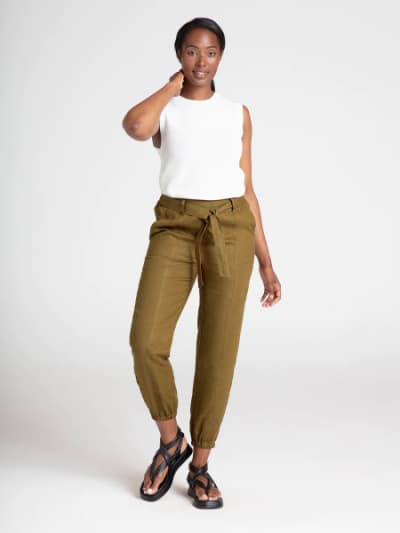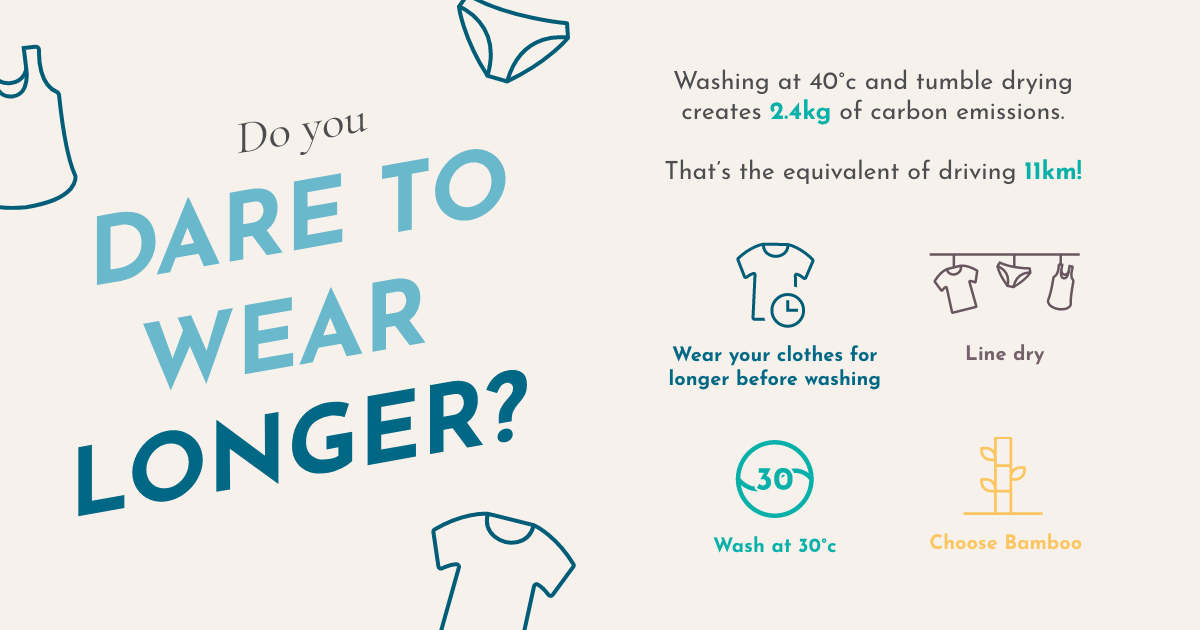Handy Suggestions For Selecting Hemp Clothing
Wiki Article
How Sustainable Is Hemp Relative To Cotton, In Terms Of Use Of Water As Well As Pesticides And Herbicides?
The hemp plant is believed to be more sustainable than cotton in regards to herbicides, pesticides, water use, etc.
Hemp Hemp is regarded as a crop with less water requirements compared to cotton and other crops. Hemp is a drought-resistant plant and can thrive with little irrigation. Hemp can usually be grown by using rainwater alone.
Cotton-Combed cotton is known for its extensive use of water. Cotton farming typically requires a lot of irrigation, which can deplete local water resources and result in the water crisis in regions that are stressed by water. Cotton farming has been criticised due to its high water use.
Pesticides and herbicides
Hemp- Hemp is naturally resistant to many pests and diseases, reducing the need for chemical herbicides and pesticides. While some hemp plants require pest control, in general the dependence on chemical is less than other crops including cotton. You can cultivate organic hemp without the use of pesticides.
Cotton- Conventional cotton farming is heavily dependent on synthetic herbicides, pesticides and weed killers to manage pests. Chemicals used to control weeds and pests could have adverse effects on the natural environment, including soil contamination and water contamination. They may also harm non-targeted species and lead to pesticide resistant pests.
In the end, hemp is considered a more sustainable crop than cotton in terms of water usage, pesticides, and herbicides.
Hemp is a plant which requires less water than other crops. It can also be cultivated without the need for irrigation or rain.
Hemp is resistant to many pests, diseases and fungi. This helps reduce the use of pesticides made from synthetic chemicals.
Hemp production requires less synthetic pesticides as compared to cotton.
It's important to remember that environmentally sustainable and sustainable methods differ between different cultivators. Organic farming is also a major factor in the long-term sustainability of hemp as as cotton, by reducing the use of synthetic chemicals and enhancing the health of the soil. Regarding clothing and textiles' environmental impact hemp and cotton fibers which are sustainable and organically made can decrease the fashion industry’s ecological footprint. Read the most popular the full report for hemp clothing for blog recommendations including hemp swimsuit, hemp fleece fabric, hemp clothing for men, hemp yoga clothes, hemp shorts, hemp tank top, patagonia hemp island pants, organic hemp clothing, hemp polo shirts, patagonia hemp overalls and more.

What Is It That Gives Hemp Fibers Their Ability To Breathe, Absorb Moisture And Thermoregulatory Qualities?
Hemp fibers are water-wicking and breathable. They also have thermoregulatory qualities because of their unique chemical and structural characteristics. These properties result from the interaction of several elements. Microscopic structure- Hemp fibers possess pore-like hollow structures that allow air to circulate within the fibers. The porosity inherent in hemp makes it highly air-tight. When knitted or woven into fabric, this structure permits air to flow through and promotes ventilation while preventing the entrapment of moisture and heat onto the skin.
Hemp fibers can be used to absorb water as well as wick away moisture. They absorb moisture and sweat from your surface of the skin while wearing hemp clothes. This prevents a sensation of dampness. Hemp fibers can also wick moisture away from your body by dispersing the moisture over large areas, which makes it easier to evaporate the moisture faster. The moisture-wicking properties keep you comfortable and dry when exercising or in hot weather.
Hemp fibres possess natural insulation properties. They can trap heat close to the body when it's cold, thereby providing warmth. However, they let excessive heat and moisture to escape during hot weather and help keep you cool. Its inherent thermoregulatory abilities allow hemp clothing to be suitable for all temperatures.
Hemp fibers are naturally antimicrobial, and are able to stop the development of bacteria which cause smells. This is a factor in the freshness and protection from the odor of hemp clothing in times of training.
Hemp fibers are tough, durable, and can last for a long period of time. Wearing hemp fibers will retain their breathable and moisture wicking ability regardless of repeated washing and wear. This durability extends the lifespan of hemp garments, reducing the requirement for replacements and in turn, reduces the impact on the environment.
UV Protection- Hemp fibres offer a natural UV protection that shields the skin from damaging UV radiation. The ability to block UV rays makes hemp clothing suitable for activities outdoors.
It is important to remember that these characteristics are inherent in hemp fibers and are not dependent on chemical treatments or other additives. Hemp is a naturally-occurring fibre with numerous qualities that make it a comfortable and sustainable for clothes. This is especially true for outdoor wear, activewear and warm-weather clothes. Additionally, these characteristics remain the same even after hemp fibers are converted into textiles. Take a look at the top from this source about hemp clothing for blog tips including jungmaven clothing, hemp underwear, hemp jacket, patagonia hemp jacket, hemp sweatpants, jungmaven t shirt, organic hemp clothing, patagonia hemp island pants, hemp apparel, hemp pants womens and more.

What are the major differences between hemp and bamboo fibers
The two fibers from plants, hemp as well as Bamboo are used in textile production Each has its distinct characteristics and properties. Below are the key differences between hemp and bamboo fibers. Plant Source-
Hemp fibers originate from the bast fibers that are located in the stalks. Hemp is a versatile and quick-growing crop that has been utilized in many ways throughout history.
Bamboo- Bamboo fibers come by removing the woody part from the bamboo plant. Bamboo is a grass that grows rapidly. species known for its rapid renewal and sustainability.
2. Fiber Characteristics
Hemp- Hemp fibres are known to be strong and durable. They are some of the strongest natural fibres, and they become softer after every wash. They are perfect for textiles that are durable.
Bamboo- Bamboo fibres are soft and silky with a smooth texture. They are softer and less durable than hemp, but are valued for their ease of use.
3. Texture-
Hemp- Hemp fabric has the appearance of a coarse and rough texture, especially when it is in its natural form. It's soft, but it is different from bamboo.
Bamboo- Bamboo is soft, smooth and silky. The fabric is described as having a silky cottony feel. It's very cozy.
4. Breathability, Moisture Wicking, and Breathability-
Hemp Fibers- Hemp fibers absorb moisture and are naturally air-tight. They can help keep you cool and dry in hot weather.
Bamboo Fibers- Bamboo fibres are known for their a high level of breathability and moisture wicking. They're also equipped with micro-gaps that enhance their capacity to regulate moisture and temperature.
5. Environmental Impact-
Hemp- Hemp fiber is an eco-friendly product due to its water-resistance, rapid growth and resistant to pests. This means that it is less need for herbicides and pesticides. It is able to sequester CO2 from the air as it grows.
Bamboo is renowned for being eco-friendly. It is very durable, grows rapidly and requires minimal water. Moso is among the bamboo varieties that is most sustainable.
6. Processing-
Hemp- Hemp fibers require an extensive process to separate the outer bast fibers and the woody core. The process may involve retting, decoration, and mechanical separation.
Bamboo- Bamboo Fibers are made through a chemcial process referred to as the viscose/rayon procedure. This involves breaking down the bamboo pulp using chemicals. While this process raises environmental issues if not handled in a responsible manner, certain bamboo textiles make use of closed-loop systems to decrease the waste of chemicals.
7. Versatility-
Hemp- Hemp fibers are multi-functional and are can be used in a range of uses, such as clothing, textiles, paper construction materials, and many more.
Bamboo fibers- Bamboo fibers are primarily used in clothing and textiles but can also be found in some other products like towels and bedding.
Both hemps and bamboos offer advantages in terms of sustainability and unique characteristics. Choose between hemp and bamboo according to the qualities and characteristics you're looking for as well as your preferences regarding the environment. Read the best bamboo clothing for blog advice including bamboo t shirts wholesale, bamboo clothing for women, bamboo cay christmas shirts, bamboo apparel, halloween bamboo pajamas, ladies bamboo tops, bamboo jeans ross, bamboo infant clothing, short bamboo, bamboo bed clothes and more.
